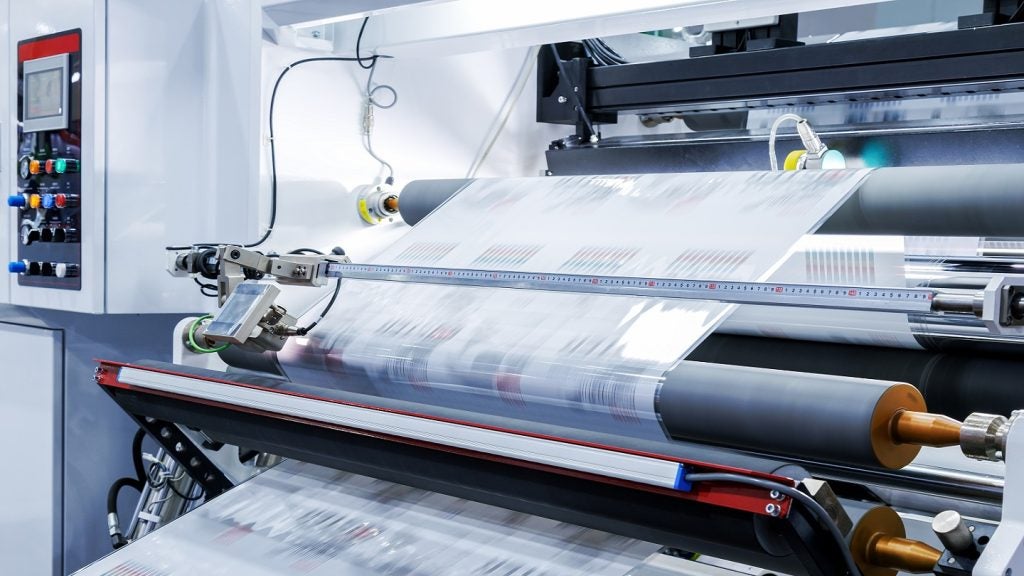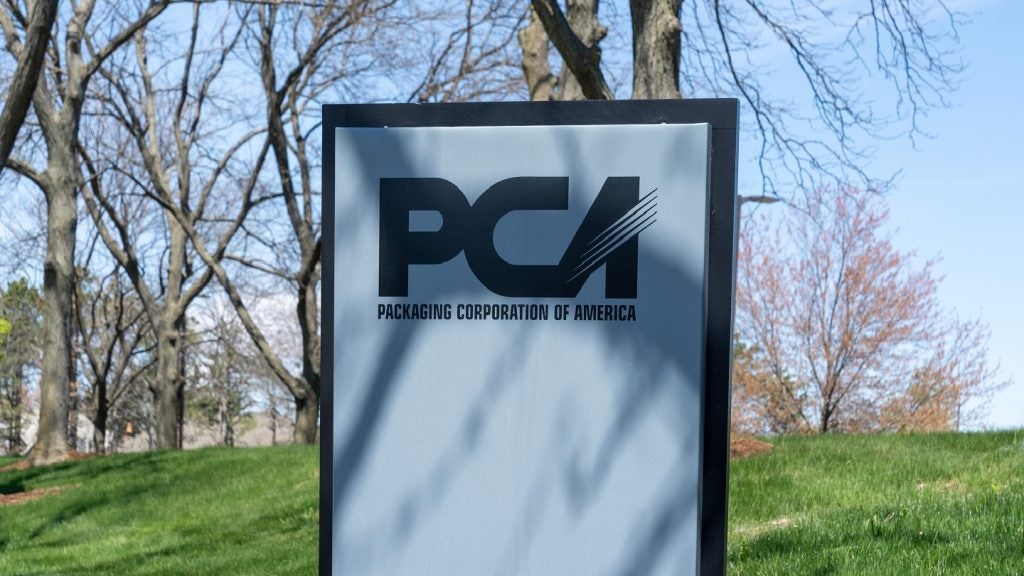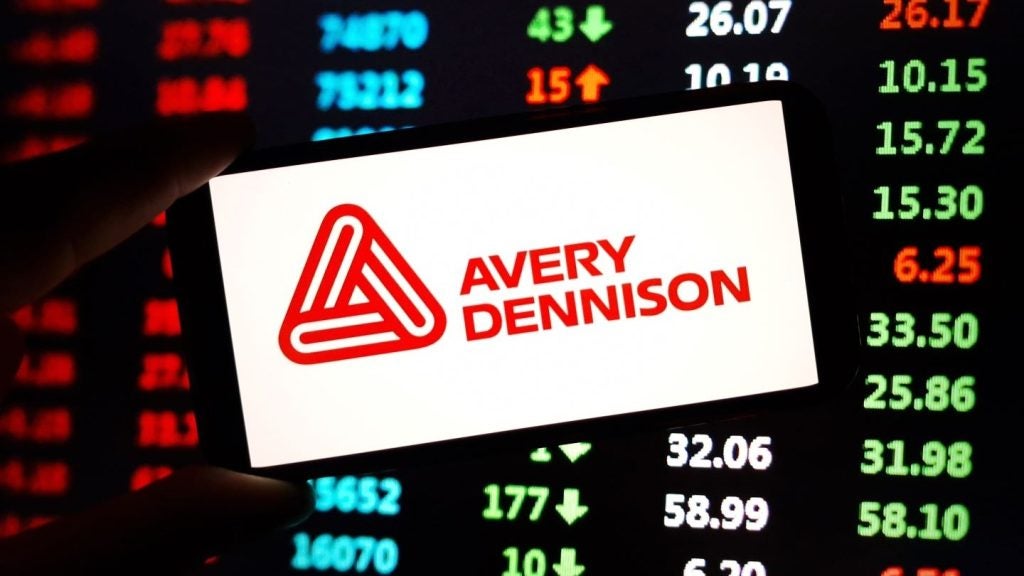
Billions of disposable cups vanish yearly, often ending up in landfills despite recycling aspirations.
However, a recent report by Biffa, the UK’s leading waste management company, unveils the murky reality of its recycling journey, busting widespread myths and urging collective action.
Misconceptions about cup recycling
Biffa’s expert waste strategy and packaging manager, Roger Wright, explored the common myths associated with disposable cups and recycling.
All takeaway cups are the same: Unfortunately, not all cups are created equal. Diverse designs, coatings, and specifications across hot, cold, and speciality cups baffle sorting systems, leading to ‘wishcycling’ – hoping something gets recycled even if it isn’t truly recyclable.
Takeaway cups are valuable to recyclers: Despite promising paper content, the actual value of cups is surprisingly low. Their bulky structure and low weight-to-volume ratio make collection and processing inefficient, diminishing their economic appeal.
Takeaway cups are simple to recycle: Recycling isn’t as straightforward as it seems. The multitude of coatings and lack of standardised materials make automated sorting a challenge, requiring manual intervention or advanced technology. Contaminated cups with lingering waste or attached lids further complicate matters.
Contaminated cups can still be recycled: Contaminated cups with lids and sleeves are rendered unusable for recycling. The common practice of using empty cups as ‘mini-bins’ for tea bags, food scraps, and tissues contaminates entire batches, wasting valuable resources.
Innovative solutions emerge
The current reality is only 0.25% of disposable cups in the UK are recycled, a stark contrast to the 70.6% success rate for general paper. This highlights the urgent need for a multipronged approach.
Companies are exploring innovative solutions, including promoting reusable cups and advocating for standardised materials in disposable ones.
Biffa’s national take-back programme offers a beacon of hope, providing a dedicated, cost-efficient collection and processing system.
This programme demonstrates 100% recycling potential for polyethylene-lined cups, transforming them into new products such as agricultural film and even garden furniture.
A collaborative call to action
Achieving the ideal 70% recycling rate for cups may seem ambitious, given their unique challenges.
However, Biffa’s programme and encouraging industry trends demonstrate the feasibility of significant progress.
Collaboration is key. Businesses can join take-back programmes, consumers can embrace reusables and properly dispose of used cups, and waste management companies can invest in innovative solutions.








